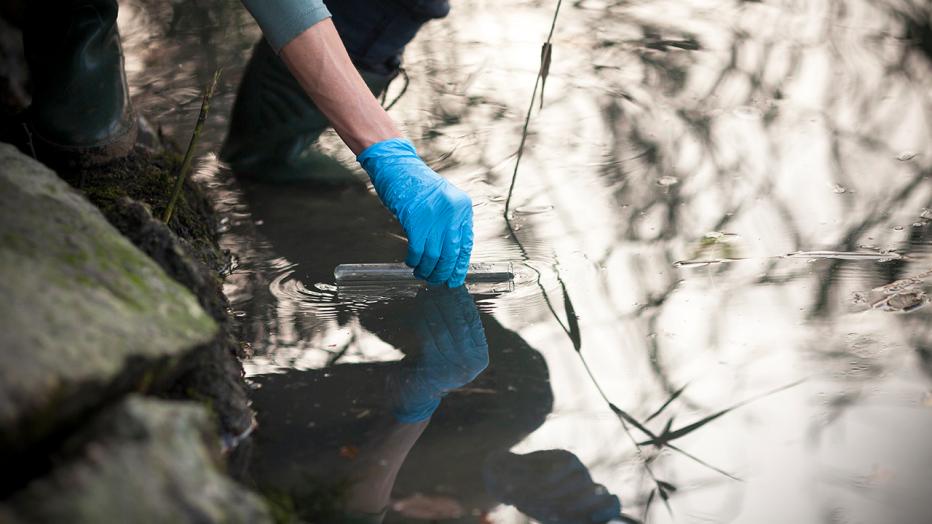
With growing concerns about water availability, especially in semi-arid regions, and the high cost of water for potable and agricultural uses, cities around the globe are searching for innovative answers to managing their precious water supplies, and turning to Jacobs to help bring groundbreaking efforts and new ideas to life. For more than 70 years, we’ve tackled the world’s toughest water challenges, and while treatment technologies have evolved over the years, the goal of ensuring a reliable and affordable source of high-quality water for future residents and businesses remains the same. That’s why we’re designing and piloting some of the most innovative and sustainable solutions—including reliable technology to assist the water supply portfolio for large cities already stressed with limited water supplies to meet the growing demand.
One such solution is constructed wetlands (CW) technology, or engineered natural treatment systems that use natural processes in soil, organisms and vegetation for water treatment. Used for decades as an environmentally-beneficial method of treating wastewater pollutants, wetlands historically played a critical role in efficient, low-cost resource management.
But using wetlands for reverse osmosis (RO) concentrate – a concentrate with higher pollutant concentrations which may require advanced treatment or brine management to meet discharge regulations – is a natural treatment technology only recently tested on an experimental scale, explains Rajat Chakraborti, a Jacobs water resources and treatment engineer.
In a recently published article, “Natural Treatment of High-Strength Reverse Osmosis Concentrate by Constructed Wetlands for Reclaimed Water Use,” Rajat – and co-author Jim Bays, Jacobs technology fellow for natural treatment systems – shared results from a pilot study conducted in the City of Oxnard, California, which combined wastewater recycling and reuse; groundwater injection, storage, recovery and groundwater desalination for water supply solutions. A key component of the study included design and construction of the 94.6 ML/d (25 million gallons per day) Advanced Water Purification Facility (AWPF) to create a tertiary treated supply of water suitable for agricultural irrigation by RO treatment of reclaimed water.
The City of Oxnard’s AWPF is an innovative facility that uses one of the world’s most highly developed purification processes to produce safe and clean water from treated wastewater. Rather than sending secondary treated wastewater to the ocean, it’s instead redirected to the AWPF and undergoes three advanced treatment steps: microfiltration, reverse osmosis and advanced oxidation with ultraviolet light and hydrogen peroxide.
To determine the feasibility of treating RO concentrate, this study focused on using a natural constructed wetland method to effectively manage nutrients and metals in the RO concentrate. “Because constructed wetlands mimic the natural process for treating heavily loaded ammonia-rich RO concentrate for reclaimed water use, we found that engineered or constructed wetlands can effectively treat RO concentrate with high concentrations of organic and inorganic constituents compared to the secondary effluent of wastewater treatment plant,” shares Rajat.
The City of Oxnard’s indirect potable reuse project is helping reduce its reliance on costly imported water, he adds, while also protecting its groundwater resources and providing a beneficial reuse of a scarce resource that would otherwise be discharged and lost to the ocean.
Discover the full results of this study in the Water Journal here.
By staying on top of the most advanced wastewater and reuse treatment technology, Jacobs continues to move the industry forward. As the No. 3 Water Supply and Water Treatment and Desalination Plants firm according to Engineering News-Record (ENR), we’re constantly pushing for more innovative and cost-effective solutions. Whether it’s designing an advanced water treatment facility or implementing an innovative potable water reuse program or a brackish or seawater desalination plant, we’re not just treating water, we’re giving communities, industries and regions the resource they need to flourish and expand.












































